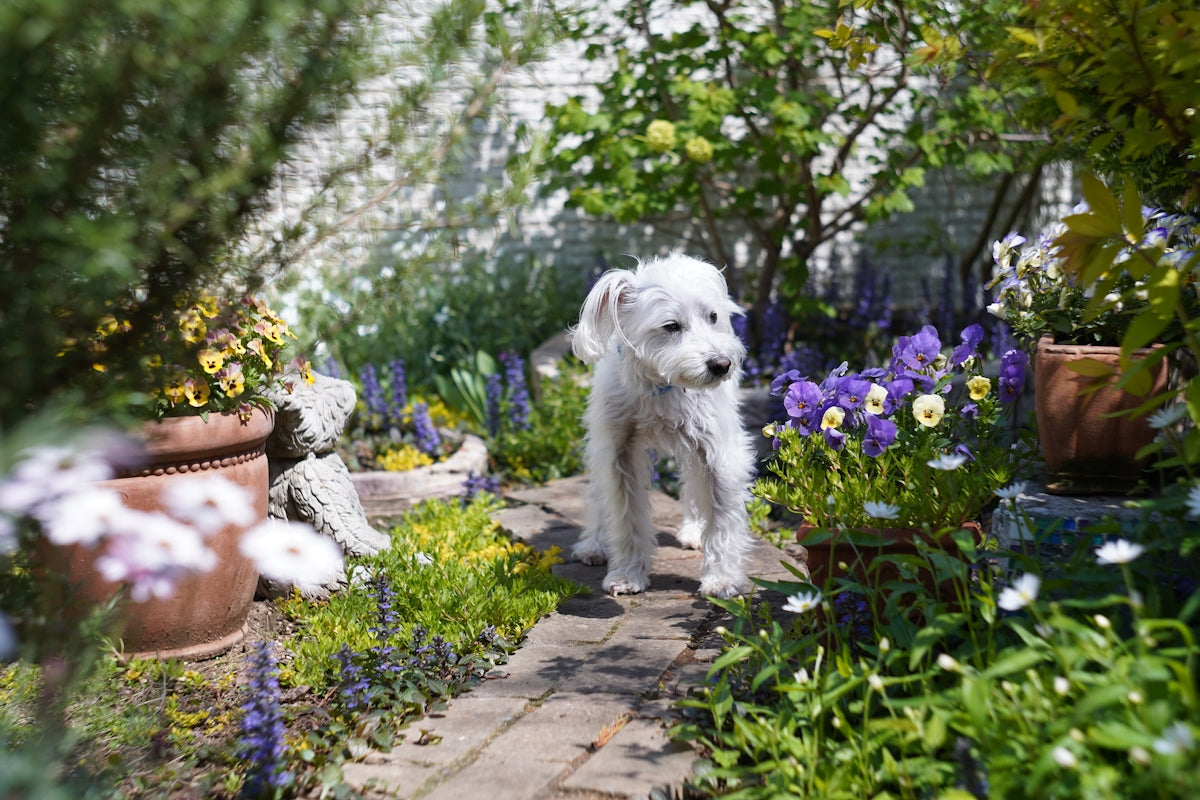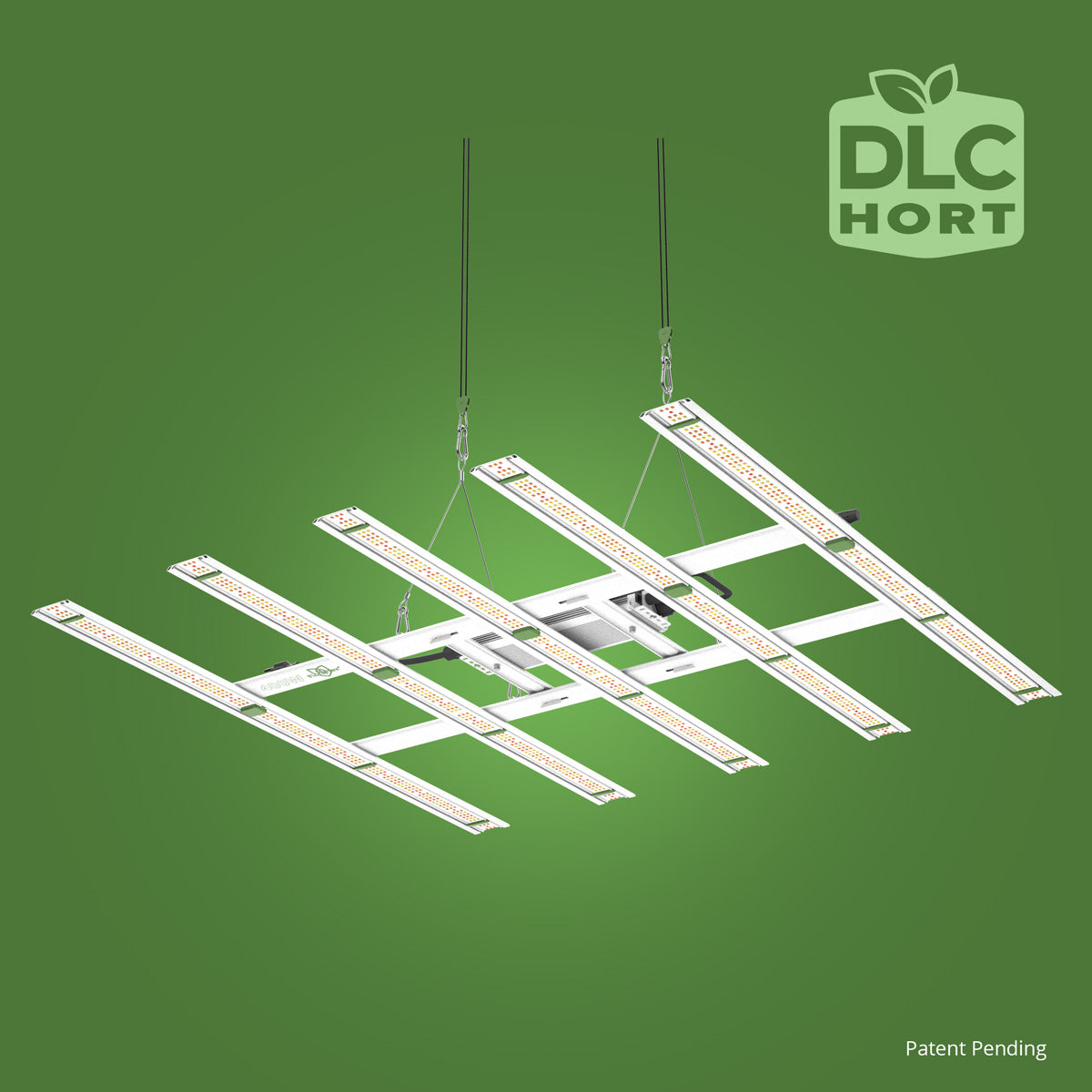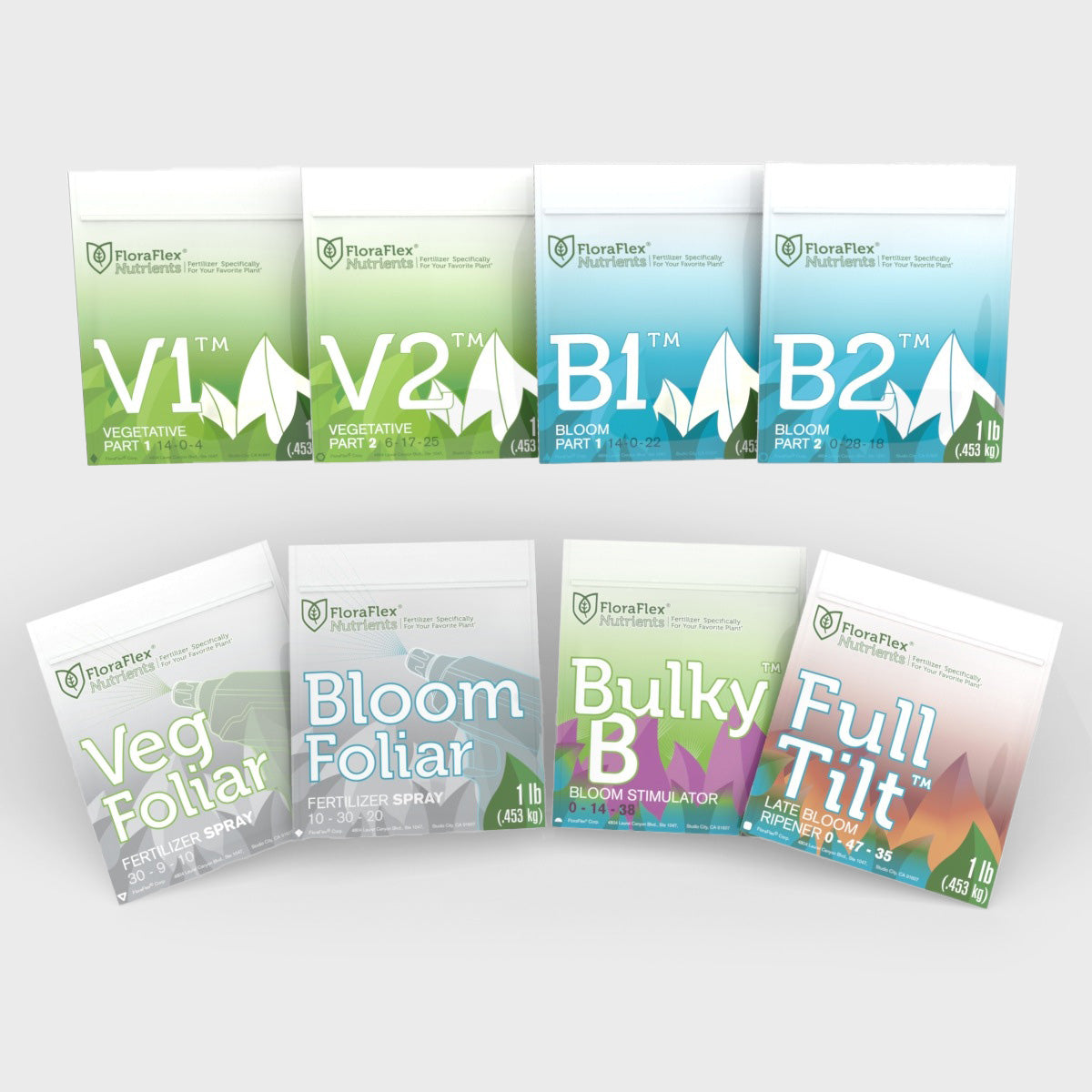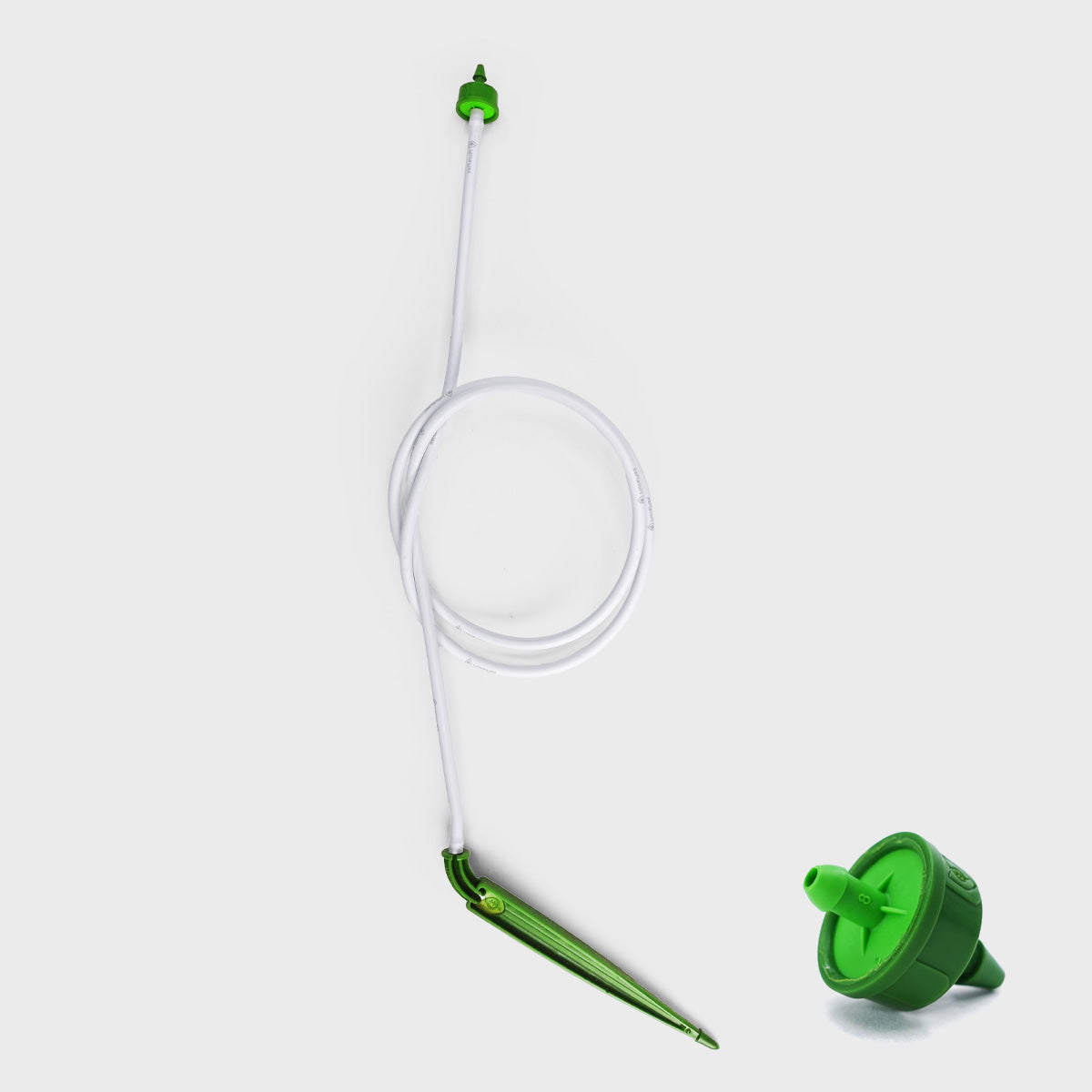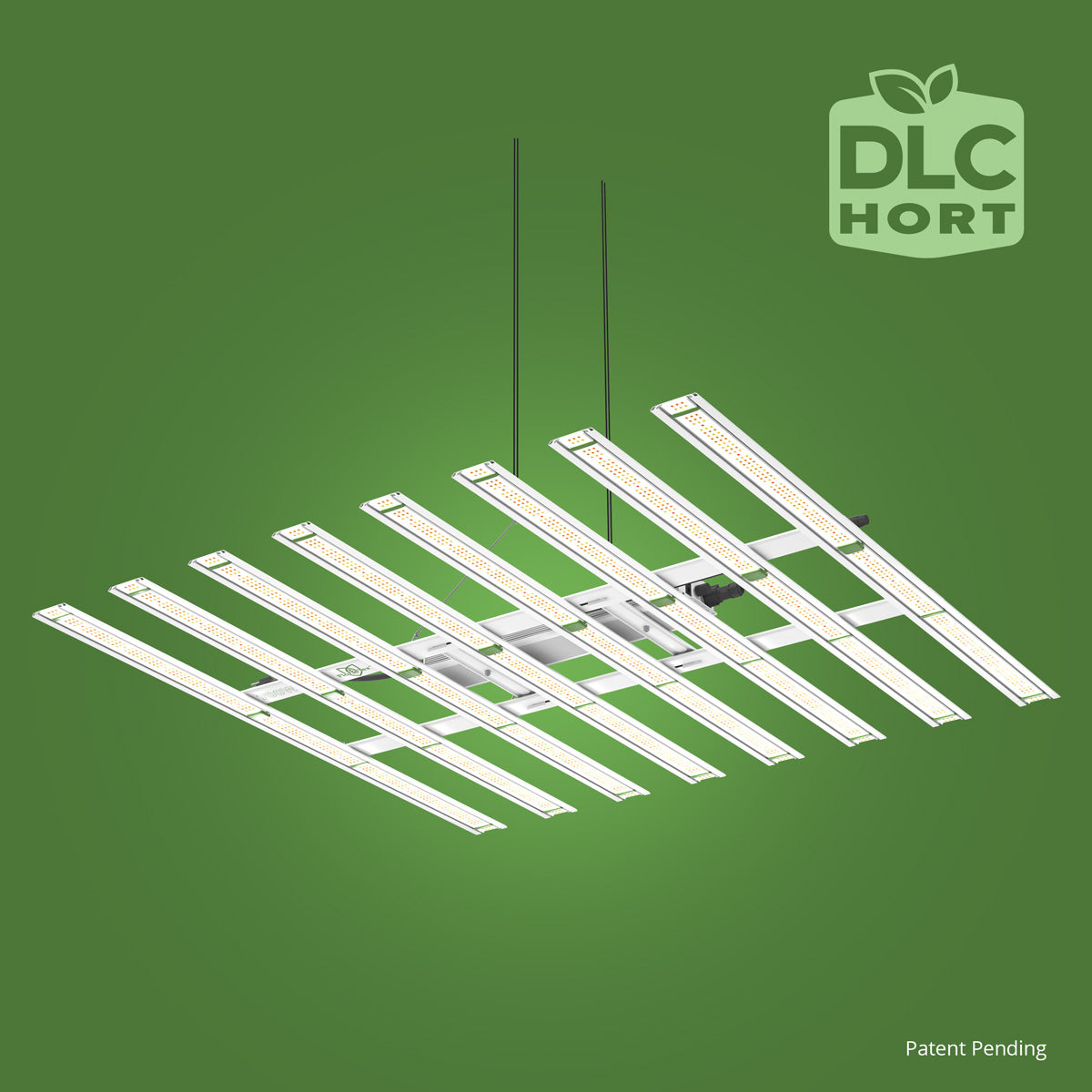Companion planting is an age-old gardening technique where certain plants are grown together because of their ability to enhance each other's growth, deter pests, or improve nutrient uptake. Whether you're an experienced gardener or a budding enthusiast, understanding the principles of companion planting can help you create a thriving garden. In this post, we'll explore the best practices in companion planting and introduce you to tools that make the process easier, such as a 1.5L Pump Sprayer from FloraFlex.
Understanding Companion Planting
At its core, companion planting revolves around the idea that certain plants benefit others when they are positioned nearby. This might be because they attract beneficial insects, deter pests, provide shade, or even enhance flavor. Here are some classic combinations:
- Tomatoes and Basil: Basil is said to repel insects such as whiteflies and is always a great culinary partner for tomatoes.
- Carrots and Onions: Onions can deter carrot flies while carrots and onions do not compete for soil nutrients.
- Corn, Beans, and Squash (Three Sisters): A traditional combination where corn offers a structure for beans to climb, beans provide nitrogen to the soil, and squash shades out weeds.
Before you start mixing plants, it's essential to research each plant's needs and natural partners. Resources are available online, or you might consider consulting local gardening clubs or community experts for advice.
Tools to Facilitate Companion Planting
Successful companion planting isn't just about the right pairings; it also involves proper care and maintenance. Here are a few tips to ensure your companion plants thrive:
- Efficient Watering: Different plants have varying water needs. Using a tool like the 1.5L Pump Sprayer can help you target specific plants without over-saturating the soil of others. It's especially useful in small gardens or container setups where precision is critical.
- Regular Monitoring: Keep an eye on your plants for any signs of pest infestations or diseases. The quicker you catch these issues, the better you can manage them.
- Correct Spacing: Ensure that plants have enough space to grow without competing for sunlight or nutrients. Companion planting is about harmony and balance, and overcrowding can counteract those benefits.
Getting Started
To begin incorporating companion planting in your garden:
- Plan: Sketch your garden layout, specifying where each plant will go. Consider the sunlight, water needs, and how much space entries will require as they mature.
- Select: Choose plant combinations that are known to work well together according to your regional climate and soil type.
- Implement: Plant your combinations and be patient. Companion planting is about building a healthy ecosystem, which might take time.
Embrace the ecological benefits and beauty of companion planting! With the right knowledge and tools, such as those available at FloraFlex, your garden will be teeming with life and productivity in no time.
Happy gardening!

